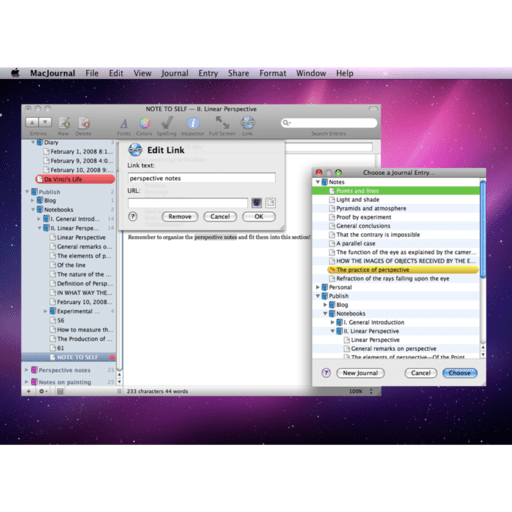

The MATDOC_EXTRACT table is used to speed up the summarization of MATDOC table during the on-the-fly calculation of stock figures: All stock information displayed during a select on those tables is calculated on the fly. MARC, MARD, etc.) still exist, but they only hold master data information. MATDOC table now contains both header and item data for material documents. So the performance of the calculation of the stock figures is proportional to the number of records in the material documents table. To solve this performance issue, a second table that works as a sub set of MATDOC table was used. The on the fly calculation is slower than fetching already aggregated data. The SELECT statement to the table will be redirected in the database interface layer to the assigned CDS view.
#ALTERNOTE TABLES HOW TO#
Targeting those changes in SAP S/4HANA®, the biggest challenge was how to ensure compatibility for consumers in higher layers, partner and customer solutions. With the use of only INSERT operations in the material document table, the lock issues are solved. With a single material document table, the low performance issue for reporting is solved.

In order to solve those limitations from SAP ECC, a new simplified data model (NSDM) was designed based on the following premise: All stock data will be calculated from material document information stored in a single table that is managed using INSERT operations only. With the stock information calculated on the fly, the redundancy issue is solved.

#ALTERNOTE TABLES UPDATE#
On top of that, locks on database due to UPDATE operations along with another locks from business operations could occur when working with the tables of the old data model. This large number of tables in the data model would often result in low performance in stock reporting due to the amount of information that had to be evaluated in order to display the stock figures. Hybrid, aggregate and history tables had redundant information as the sum of the data stored in the material document tables could return the same information, without having it saved on the database. The data model for inventory management in SAP ERP Central Component was built based on material document, hybrid, aggregate and history tables. Introduction and General Information SAP ECC Data Model Issues This blog post is to clarify how the compatibility was maintained after the migration to this new data model. The new data model in MM-IM with tables MATDOC and MATDOC_EXTRACT has been around for a while but there’s still some questions about how both still co-exist with the old tables (MKPF, MSEG, MARD, etc.). You can find more information about working with alternate states here. You can also choose to Highlight Rows on Hover ( Figure 2), set the Highlight Background Color, the Highlight Font Color, show Table Borders and define them with the Table border selector, set the Table Border Thickness, Table Border Color and Table Border Style.Īlternate State ( Figure 3) permit you to assign the Vizlib Table to an alternate selection state. You can also choose the Null Cell Background Color and add a Null Symbol. With Table Settings ( Figure 1), you can Enable merge for repeated dimension values, set the Horizontal scrollbar position, choose how to Stretch Table ( Fill or Size to Data) and select how to Use Available Space, setting the Min Column Width.


 0 kommentar(er)
0 kommentar(er)
